
Siberia is the entire North Asian part of Russia with around 39 million inhabitants. The area of Siberia occupies around 75% of the total Russian territory. The territory of Siberia borders China, Kazakhstan and Mongolia to the south, the Ural Mountains to the west, the Arctic Ocean to the north and the Pacific Ocean to the east.
The largest cities in Siberia include Novosibirsk, Krasnoyarsk, Tyumen, Omsk, Irkutsk, Khabarovsk, Tomsk, Yekaterinburg, Tyumen, Ulan-Ude, Yakutsk, Chita and Vladivostok.
The most important means of transport that connects many Siberian cities is the Trans-Siberian Railway. With a length of around 9,300 kilometers, it is the longest railway line in the world.
The railway runs between the Russian capital Moscow and Vladivostok on the Pacific Ocean, stopping at over 420 stations along the way.
Siberia is divided into several vegetation zones, such as taiga, tundra, steppe and forest-steppe.
Common mammals in Siberia include brown bears, reindeer, wolves, black bears, polecats, seals, tigers, leopards, foxes, elks, lynxes, wild boars, badgers, sables, walruses and, in the far north, polar bears.
The largest lake in Siberia is Lake Baikal, which is also the deepest and most water-rich lake in the world at over 1,600 meters. The longest rivers in Siberia include the Ob, the Yenisei, the Irtysh, the 4,400-kilometer-long Lena, the Amur, the Aldan, the Ishim and the Olenyok.
Siberia is rich in mineral resources, including oil, natural gas, coal, diamonds, gold, iron ore and uranium. The lush forests of the Siberian taiga provide another valuable raw material for the country: wood. The Siberian region has the largest natural gas reserves in the world.
In June 2017 I traveled to Novosibirsk, the largest city in Siberia with almost 1.6 million inhabitants. The city lies on the Ob River, which is up to a kilometer wide and is the economic and cultural center of Siberia.
As part of the Football Confederation Cup in Russia, I took a four-hour flight from Moscow to Novosibirsk between two games for the German team.
During my two-day stay, I stayed in the largest hotel in the city, with a view of the large main train station, which is of course also an important stop on the Trans-Siberian Railway. What was somewhat unexpected for me was that in June in Novosibirsk it was still quite hot even at night, with temperatures approaching 30 degrees Celsius.
On a city tour with a local taxi driver for the equivalent of 20 euros, I explored all of Novosibirsk's major attractions. The most important sights of the city include, in addition to the Central Railway Station - one of the largest train stations in Russia, the metro bridge over the Ob River, the huge statue of Lenin in the forecourt of the Opera, the Alexander Nevsky Cathedral, the Novosibirsk Zoo, the Roman Catholic Episcopal Church, the Town Hall, the Lenin House, the Local Lore Museum, the Art Gallery, the Central Market, the Monument to the Heroes of the Revolution, the Railway Museum, the largest opera house in Russia, the Novosibirsk Musical Theater, the Church of St. Nicholas, the Miracle Park Galileo, Lenin Square, the Krasny Fakel Theater, Narymskiy Park, the Orthodox Cathedral, the Exhibition Center, the Central Park and the Alexander III Monument.
The next morning I went on to Kazan for the next game of the German national soccer team.

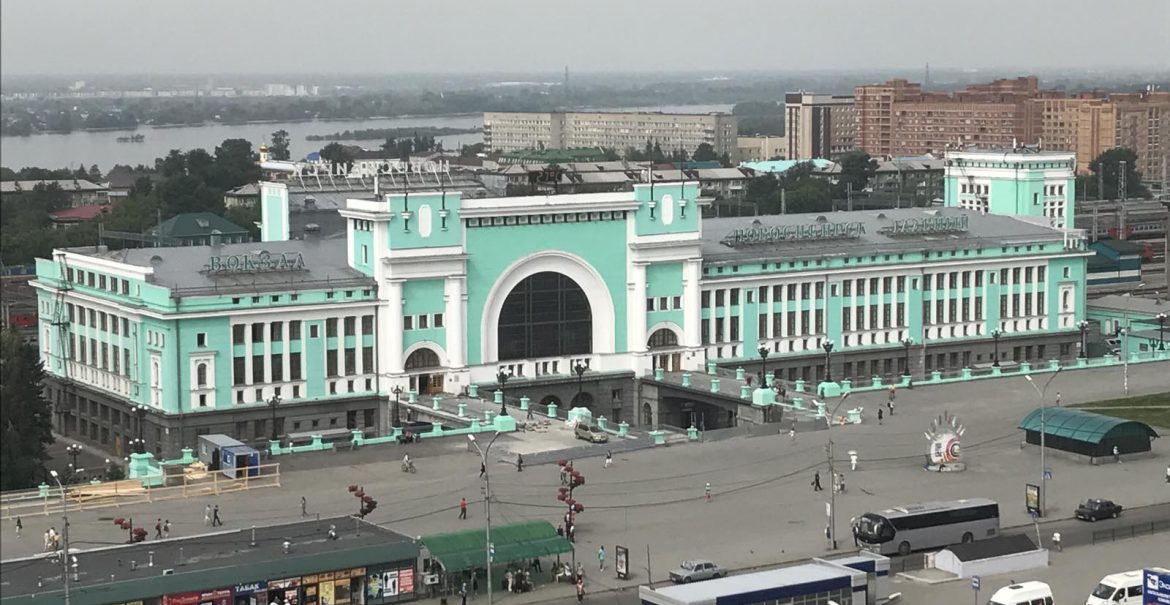

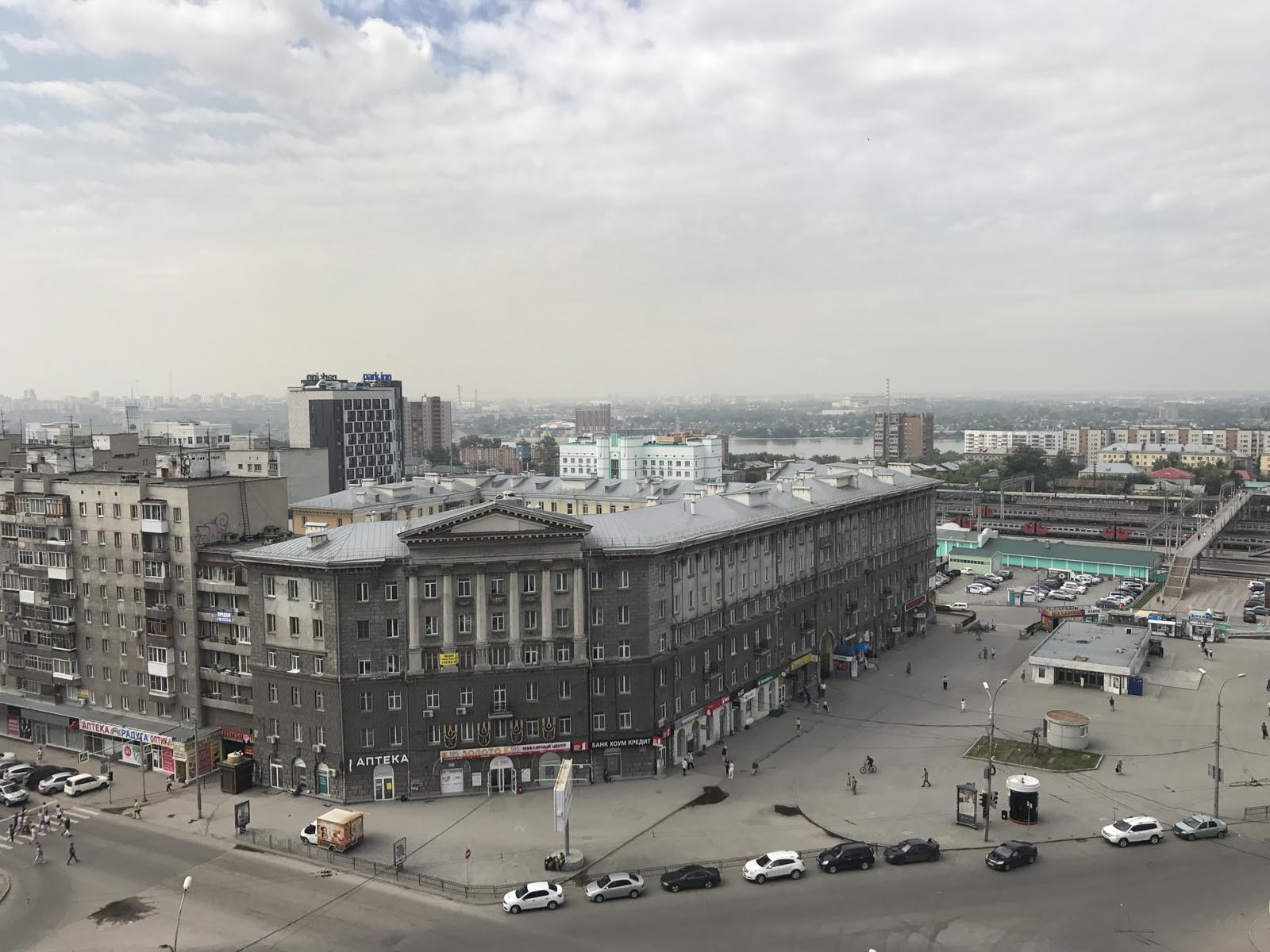
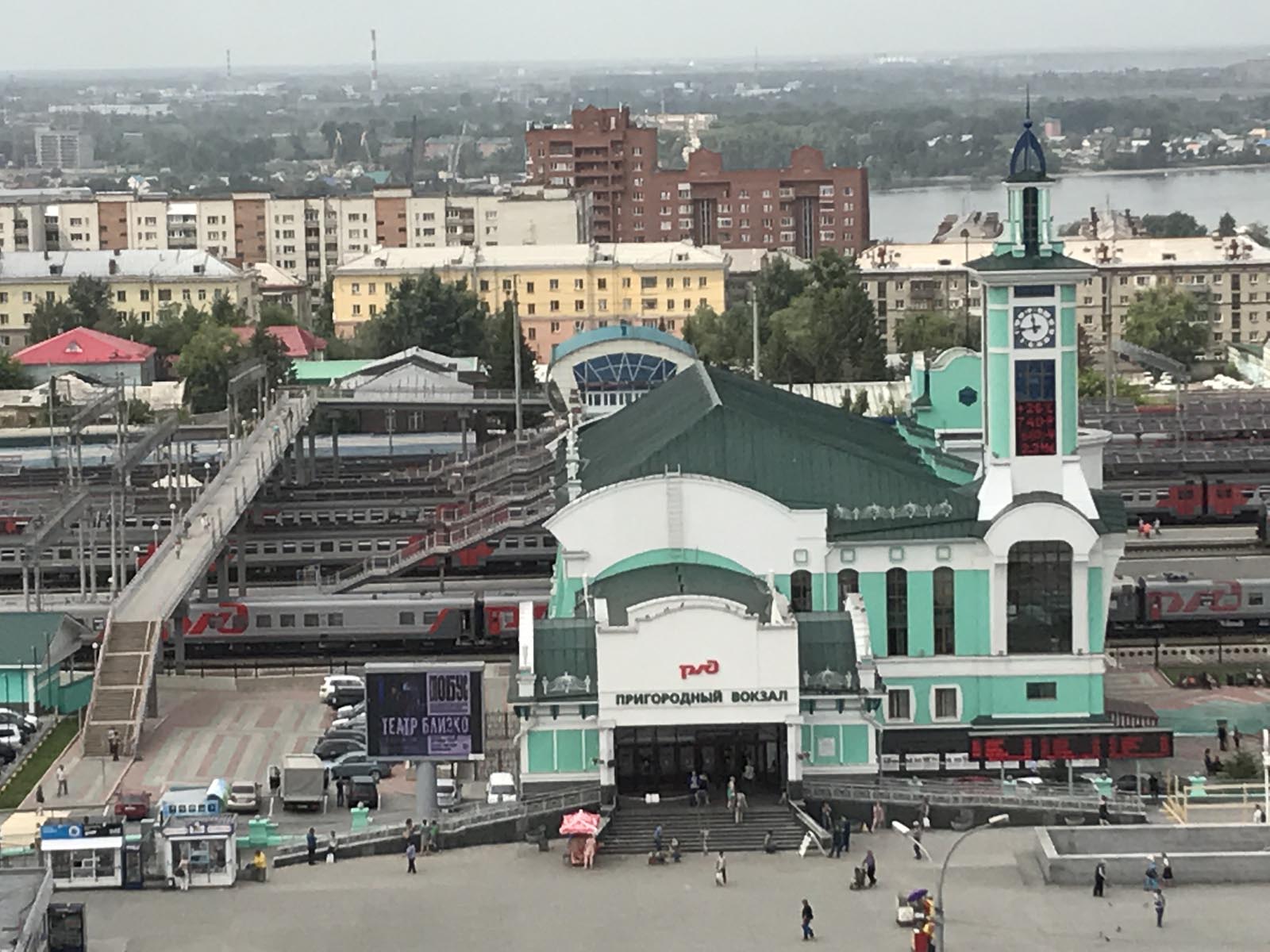

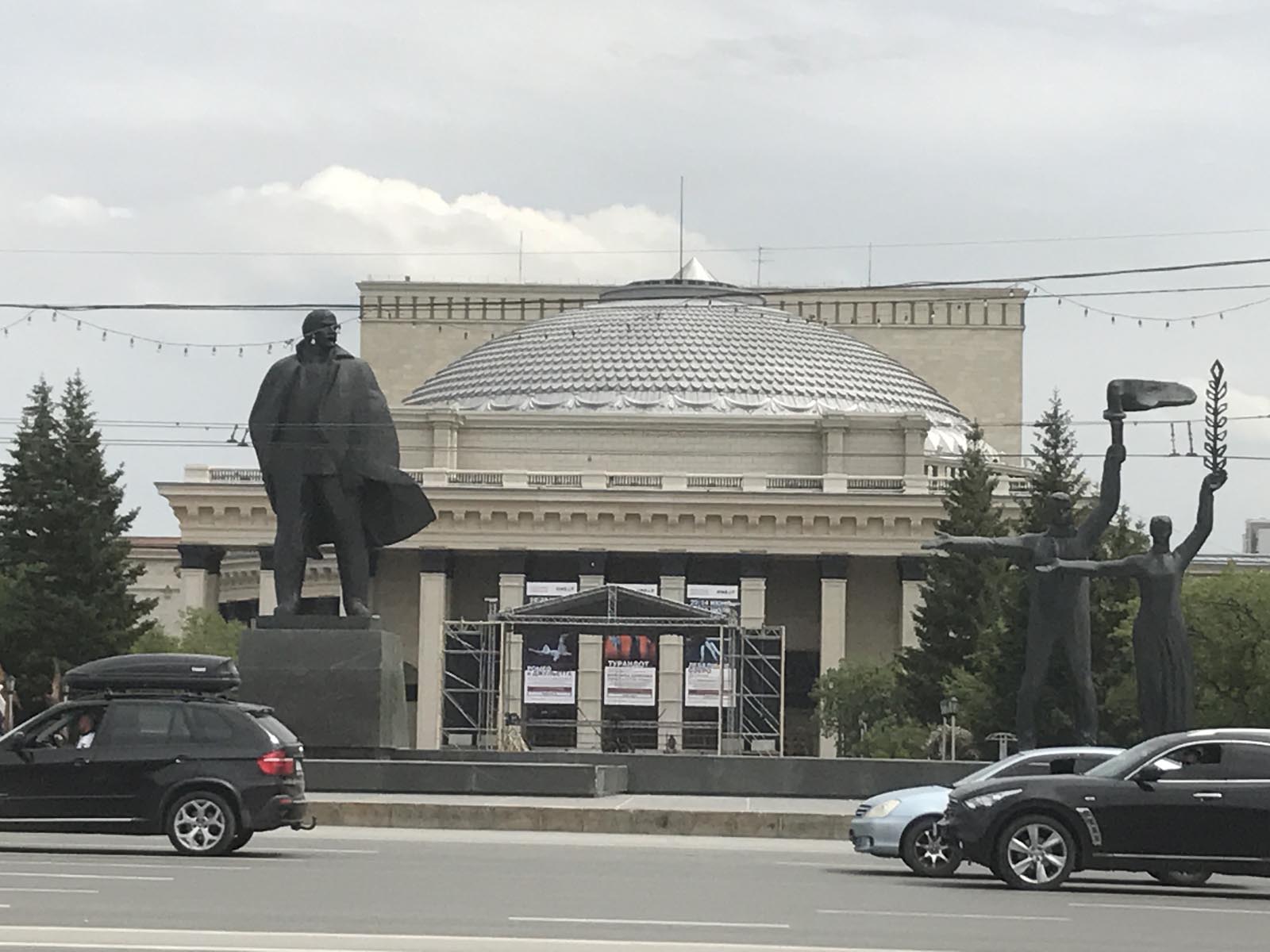
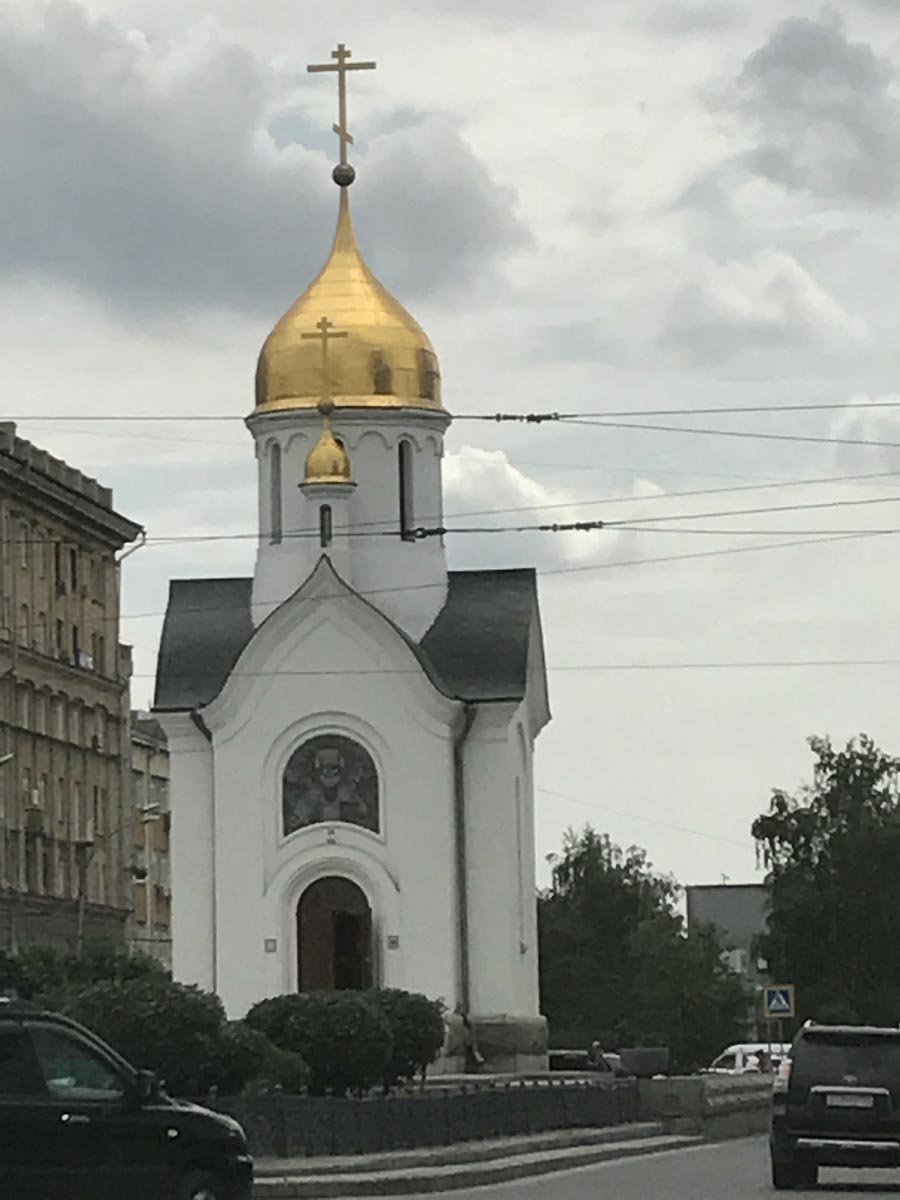
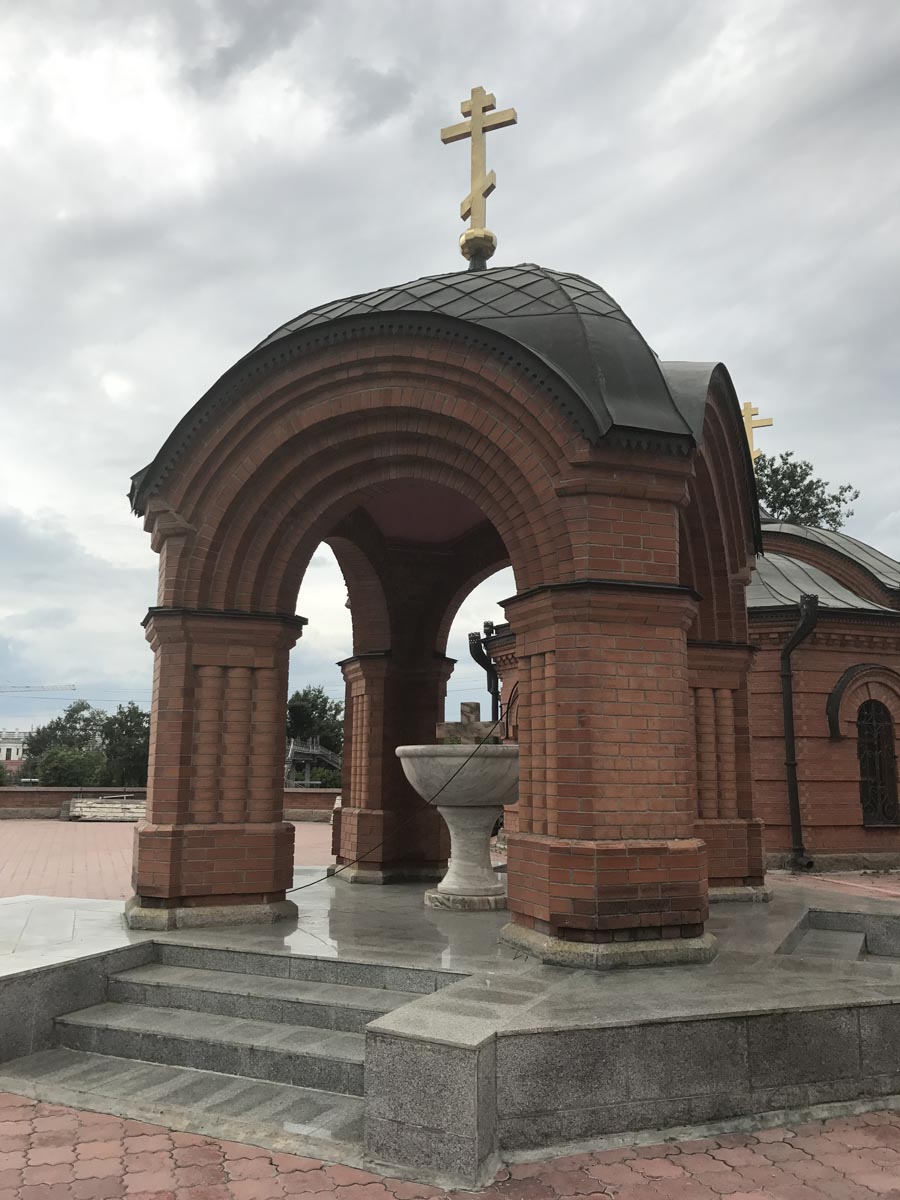
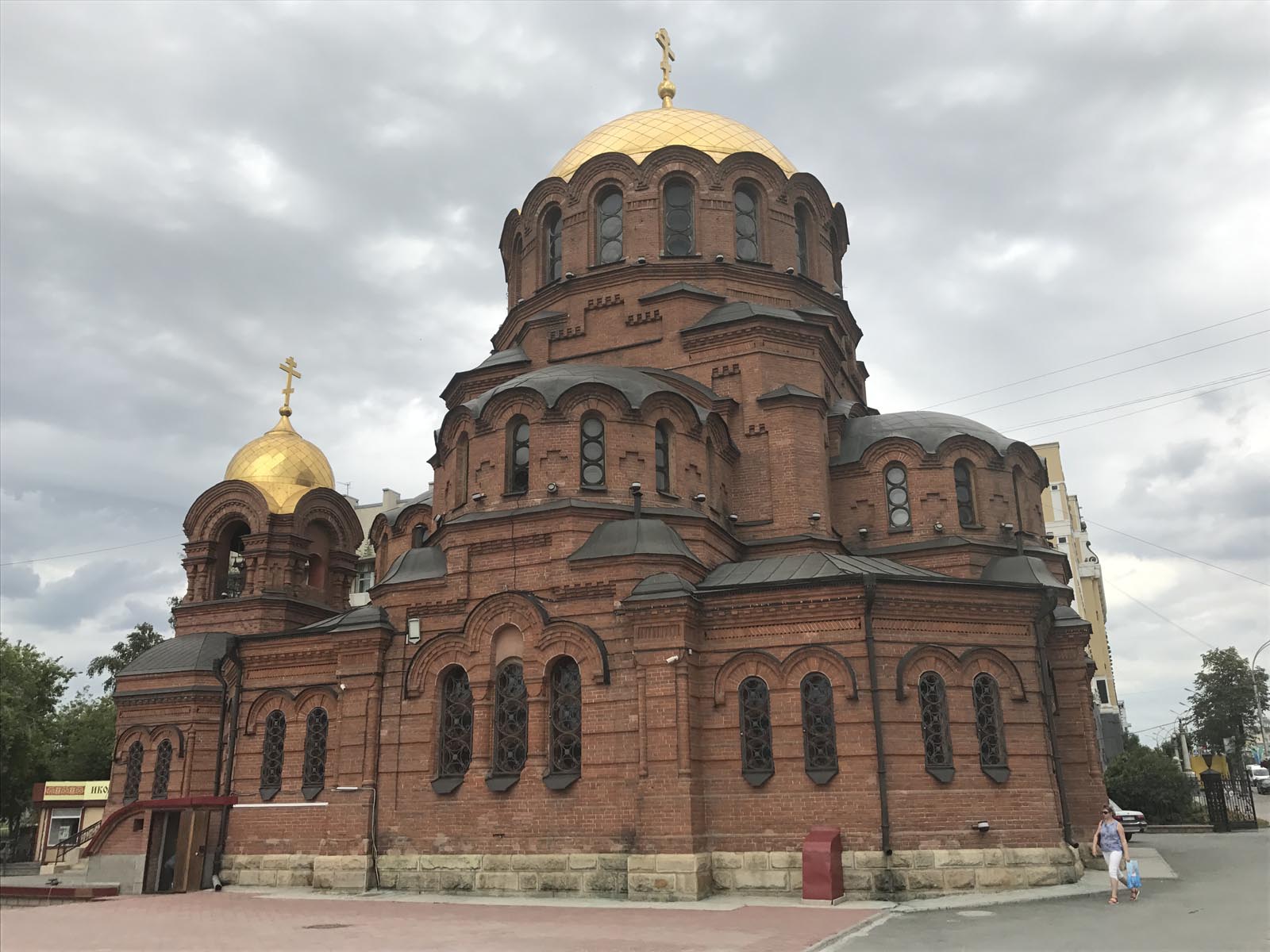

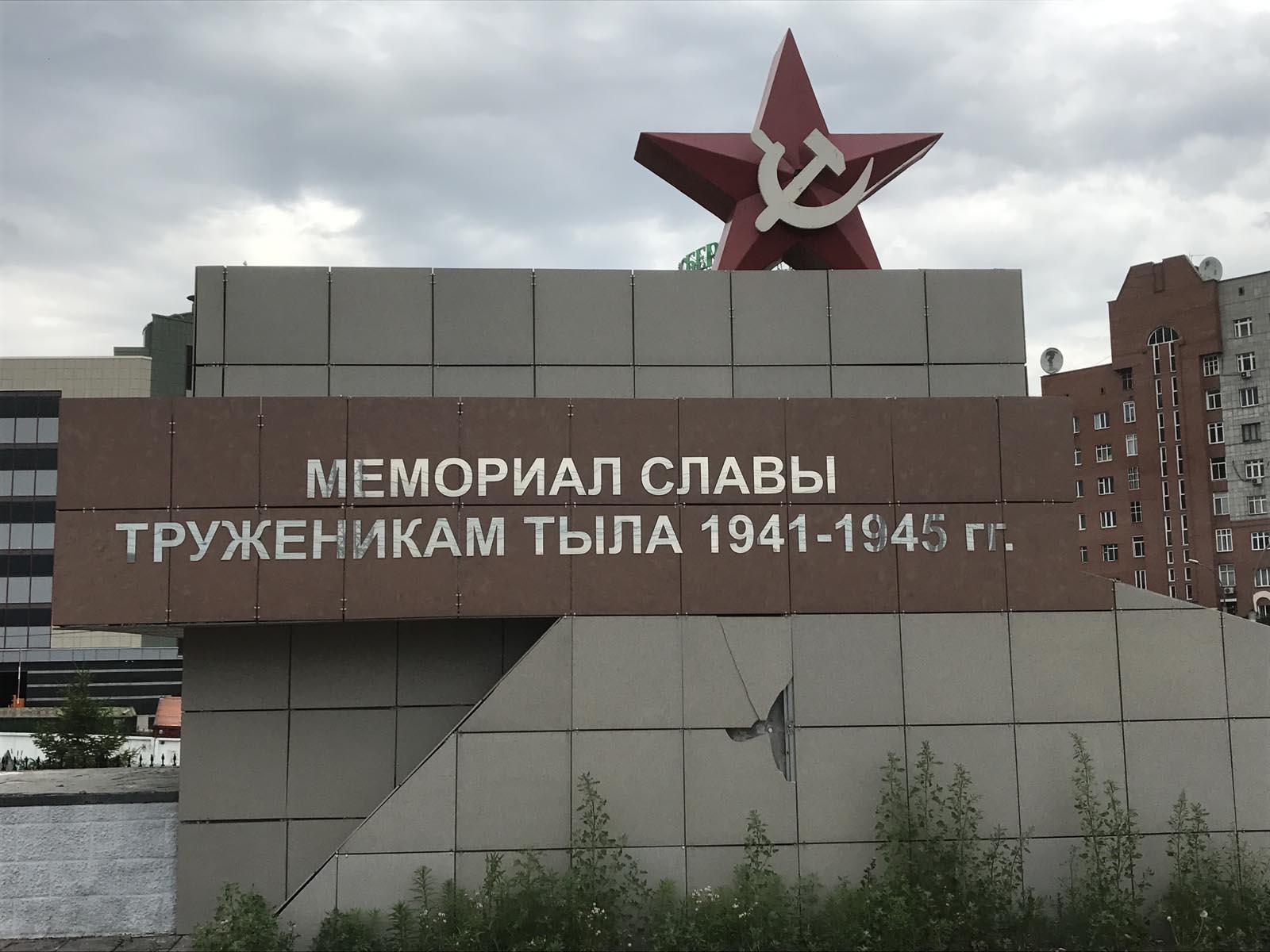

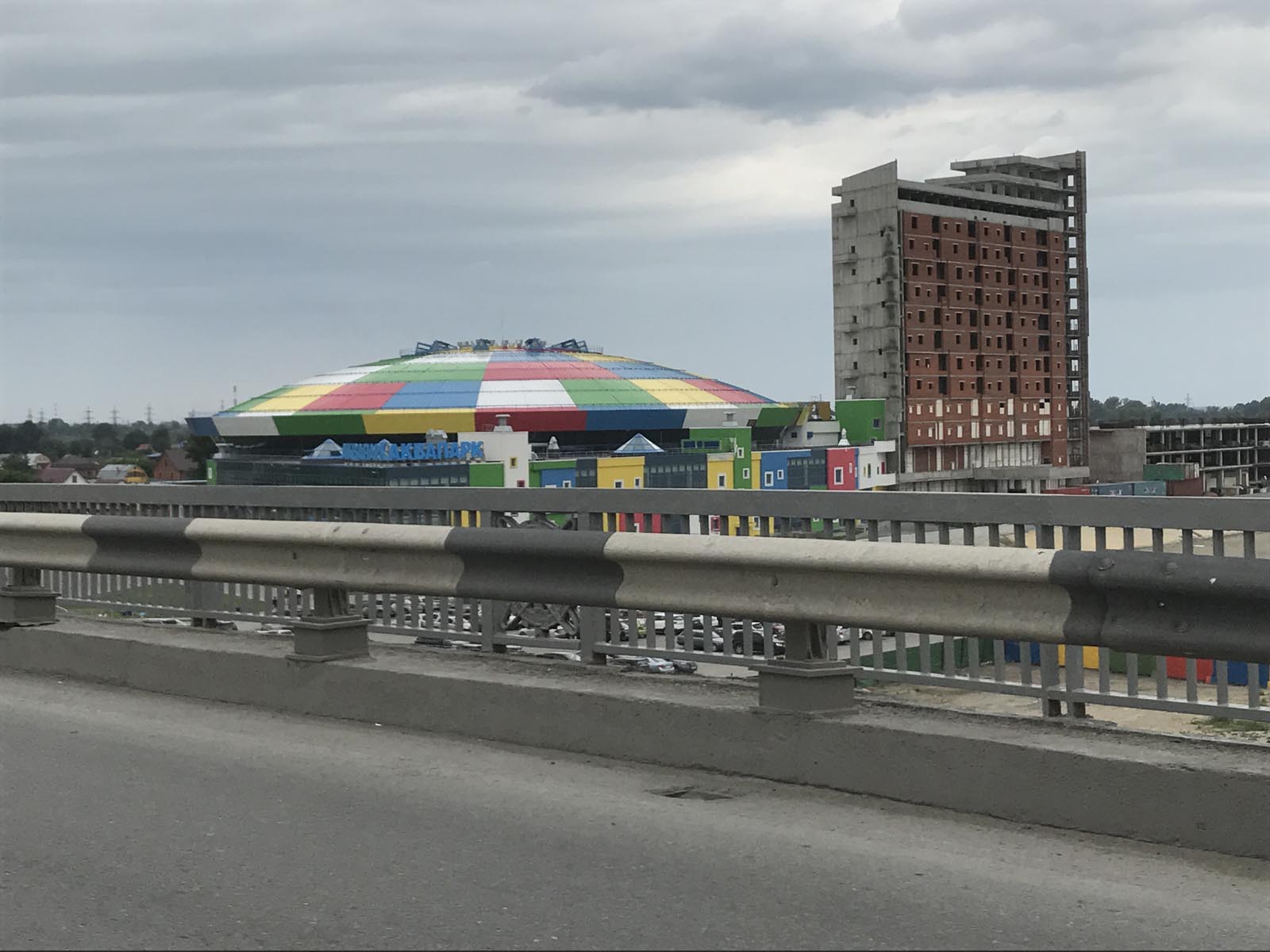
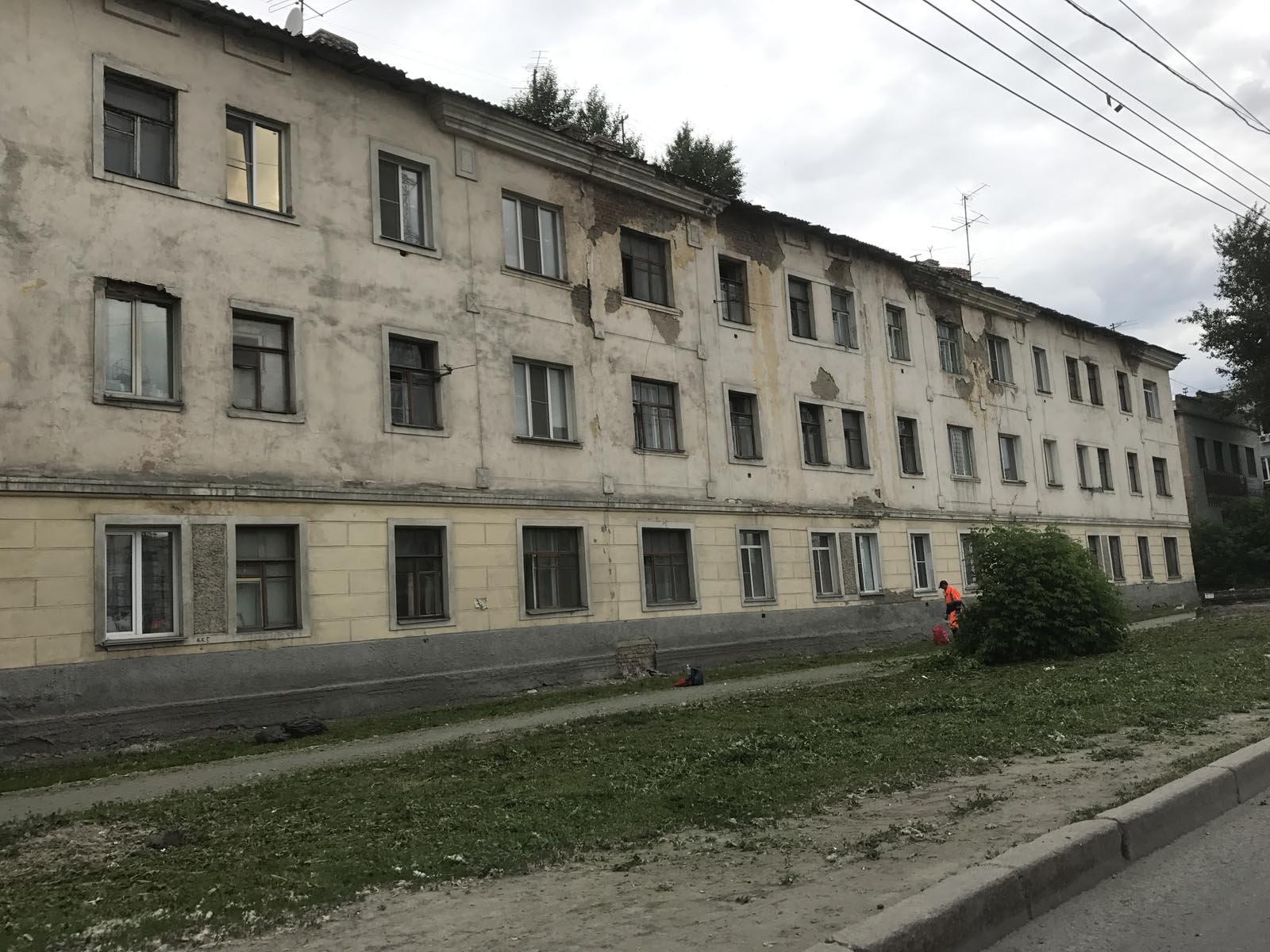
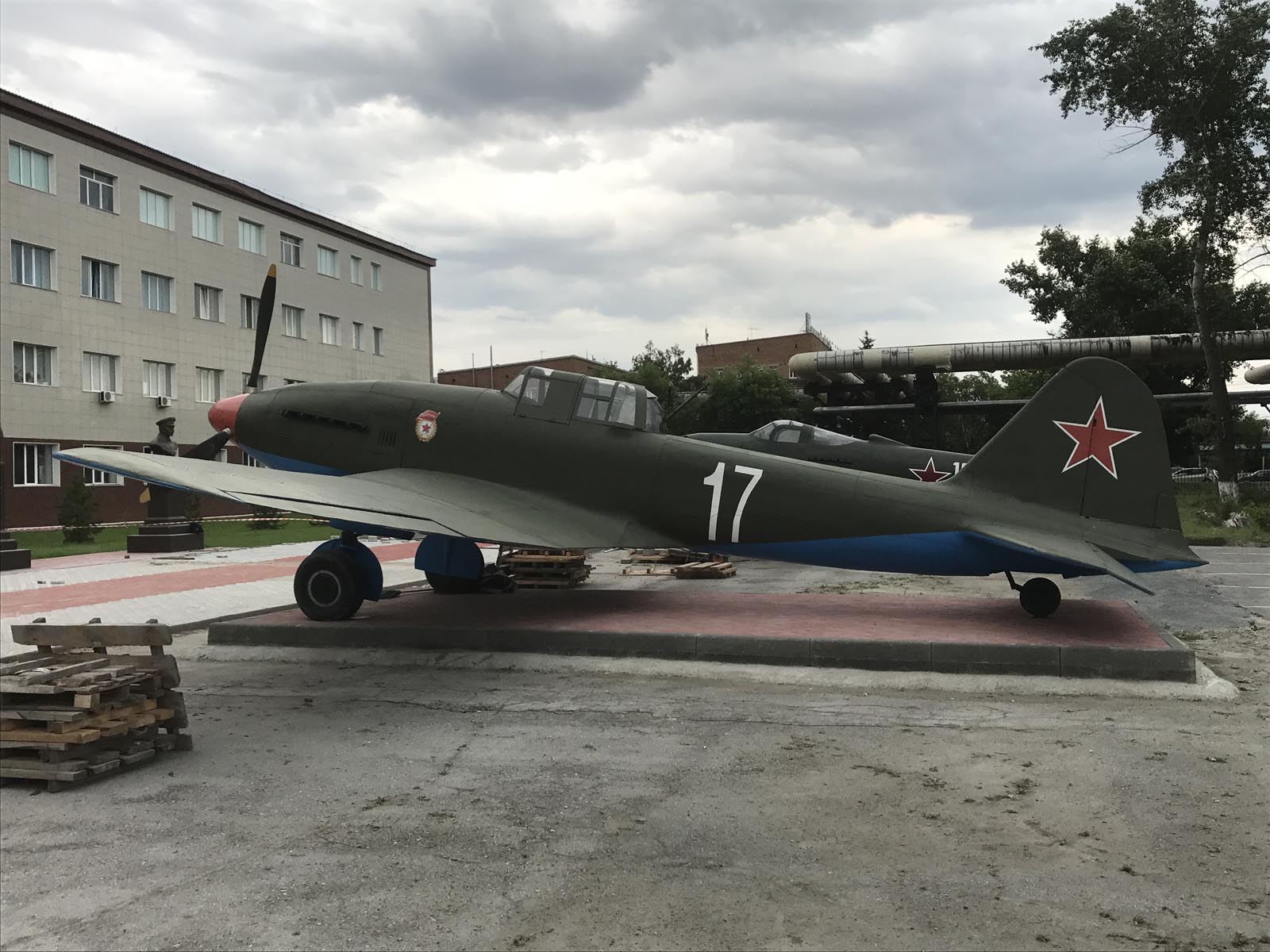


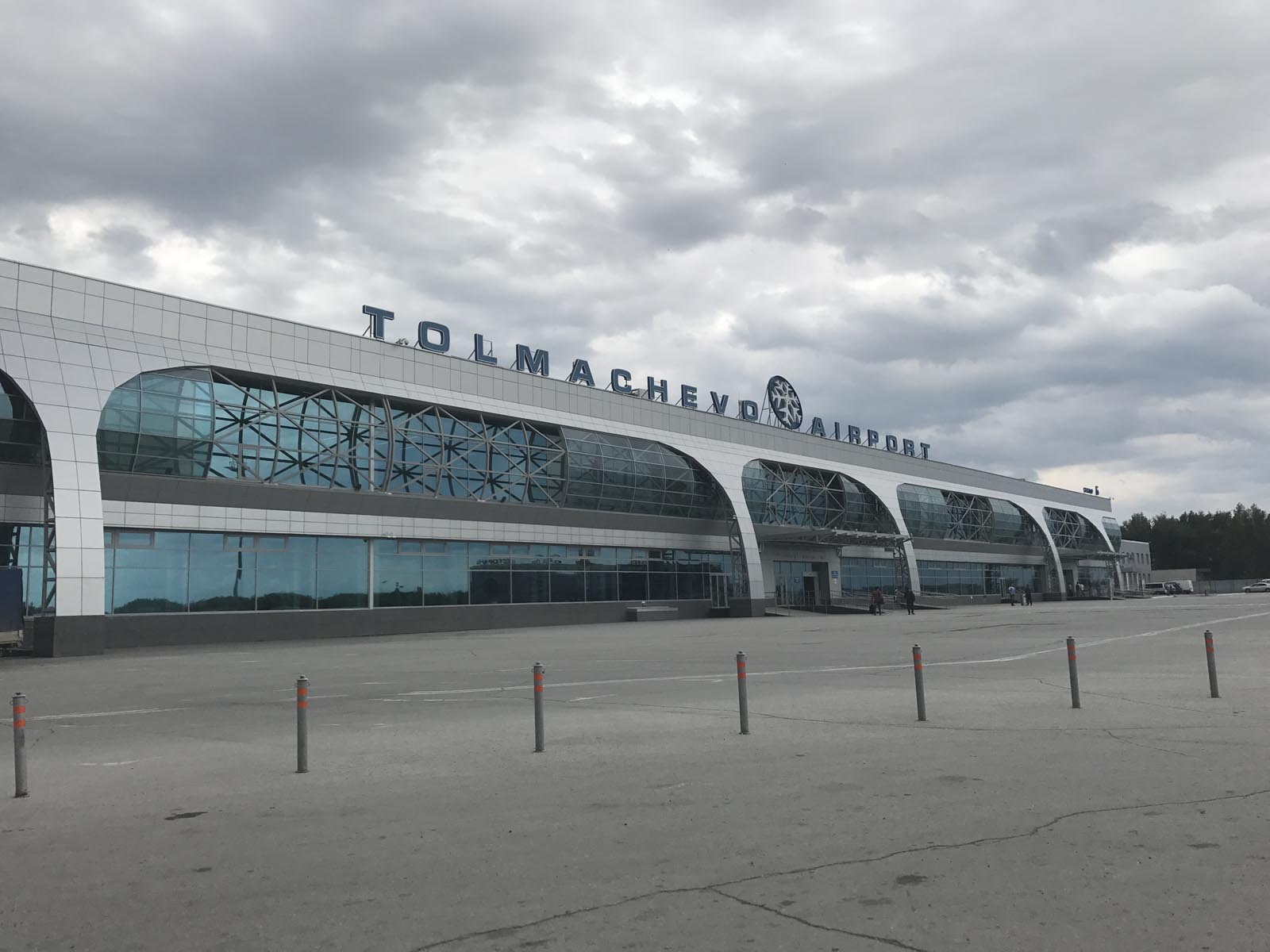
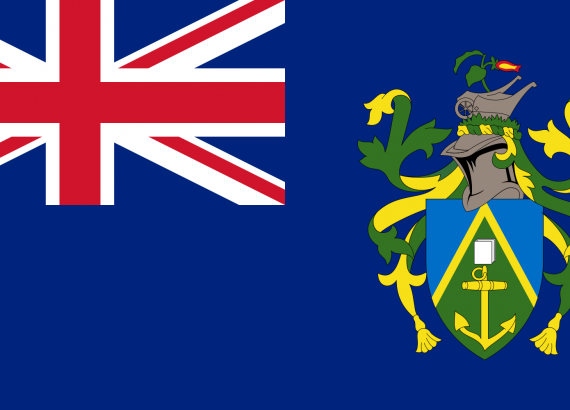
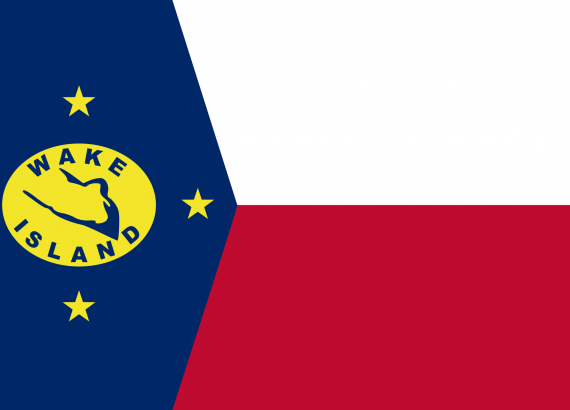
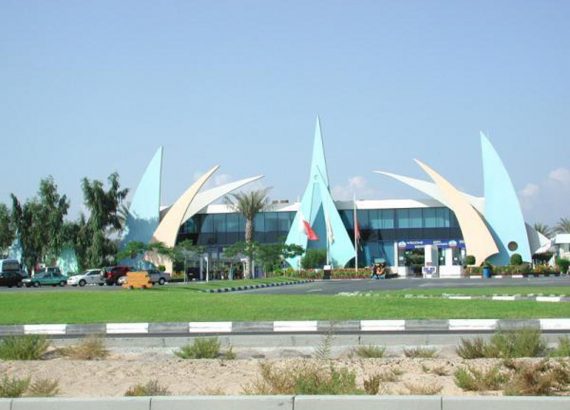
No Comments